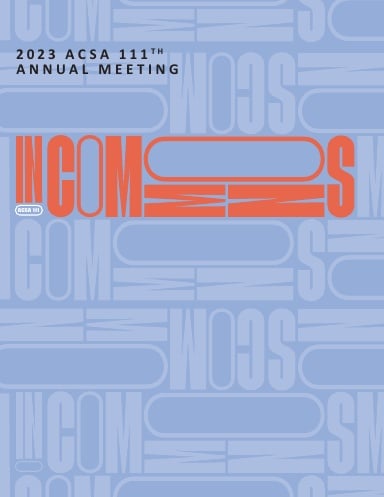Author(s): Gundula Proksch
Chicago’s history and urban development have been connected to its role as a food hub and driver of technological innovations in the food industry. In the 1970s, the city started redefining its relation to agriculture by integrating various forms of urban agriculture. Today, the city is known for its strong network of community gardens, educational farms, and job training programs. Over the last decade, the city has also attracted various entrepreneurial controlled environment production facilities, such as hydroponic greenhouses, rooftop greenhouses, and vertical indoor farms using innovative growing methods and economic models. Other urban farms deploy hybrid models that combine a robust social agenda with emerging, economically-driven food production systems. These multi- layer urban agriculture operations with strong community and commercial objectives contribute to community empowerment and urban revitalization. This comparative analysis concludes a three-part mixed- method investigation of Chicago’s foodshed and urban agriculture networks, which move in scale from the Metropolitan region, City of Chicago, and organizational networks to this smallest scale of specific physical locations and architectural spaces. The investigation relies on publicly available datasets and online data collected by the author. It analyzes urban agricultural networks through (1) GIS-based mapping; (2) a review of organizational structures; and (3) an analysis of critical building projects, with a focus on the award-winning Farm on Ogden in the North Lawndale neighborhood and The Plant in the Back of the Yards neighborhood. This analysis of pioneering projects may inspire other community-minded projects and cities to establish innovative pathways. The identified novel approaches will help legislators, community leaders, planners, and architects to provide for growing urban populations, create common spaces, develop frameworks to support regionally sustainable food production, promote social equity, and improve the well-being of historically marginalized communities.
https://doi.org/10.35483/ACSA.AM.111.35
Volume Editors
ISBN
978-1-944214-41-8

 Study Architecture
Study Architecture  ProPEL
ProPEL 
